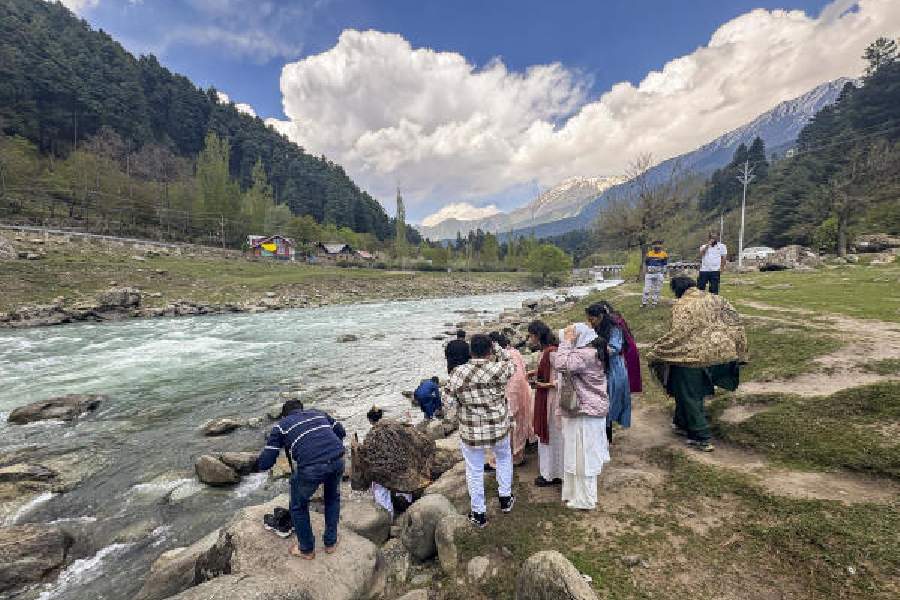Only a person who knows very little about the Bhagvad Gita, and is utterly insensitive to the pluralist nature of Indian culture, can put forward the proposal that the Gita should be considered the national religious text. Yet such a proposal was put forward by a learned judge of the Allahabad high court, J.N. Srivastava, albeit a few days before his retirement. For one thing, it is difficult to think of any country that has a national religious text. The Quran and the Bible are the holy books of Muslims and Christians respectively. No one has ever tried to restrict these two texts within national boundaries. Mr Srivastava’s proposal is based on two erroneous assumptions. One is that he believes, like the advocates of Hindutva, that India is a country of and for the Hindus; therefore a Hindu sacred book should be the national religious text. The other assumption is that, according to him, all Hindus view the Gita with the same veneration.
The assertion that India is a Hindu country is empirically and historically wrong. A large majority of people living in India, apart from Muslims, Sikhs, Christians and others belonging to different faiths, are not Hindus. The reference is to the scheduled castes and scheduled tribes, who are the outcasts of Hindu society. Historically, Indian culture has absorbed influences from various cultures and faiths. This has given Indian culture a variegated and plural character. To equate India and Indian culture with one faith is to vacate it of its richness. Looking at Mr Srivastava’s assertion from the narrow point of view of Hinduism, it should be noted that no one, not even the most devout Hindu, has ever argued that Hinduism’s rich tradition can be captured in one book or text. Indeed, the argument has always been that Hinduism is a dharma, a way of life and not a mere religion. Practices based on a variety of texts, rather than a single authoritative text, are the guide to a Hindu way of life.
All this is not to deny the significance and the beauty of the Gita. Yet the Gita is not a text without any controversy around it. It was probably not the work of a single author. It is usually read as a part of the great epic, the Mahabharata. But there is a large body of scholarly opinion which argues that the Gita is a much later interpolation into the Bhisma parva of the Mahabharata. The message of the Gita is focussed on the gospel of renunciation: human beings are told to be unaffected by joy and to be dispassionate in grief, for everything in life is predetermined by the divinity. This is what Krishna told Arjuna when he shied away from killing his close relatives. This message could have had a relevance at a time in history, but can in no way be the guiding principle of a modern nation. Human agents, conscious of the impact of their own actions, make a modern nation. A modern India cannot afford to be fatalistic.










